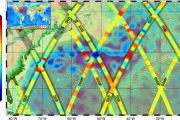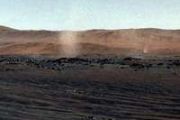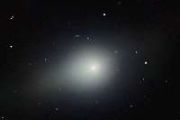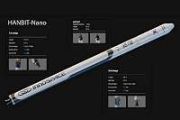
Copernical Team
ESA’s Euclid lifts off on quest to unravel the cosmic mystery of dark matter and dark energy

ESA’s Euclid spacecraft lifted off on a SpaceX Falcon 9 rocket from Cape Canaveral Space Force Station in Florida, USA, at 17:12 CEST on 1 July 2023. The successful launch marks the beginning of an ambitious mission to uncover the nature of two mysterious components of our Universe: dark matter and dark energy, and to help us answer the fundamental question: what is the Universe made of?
Watch the Euclid launch - now live on ESA WebTV

Watch the Euclid launch - now live on ESA WebTV
Pace off: NASA Goddard acoustics chamber and US marine band turn up the volume
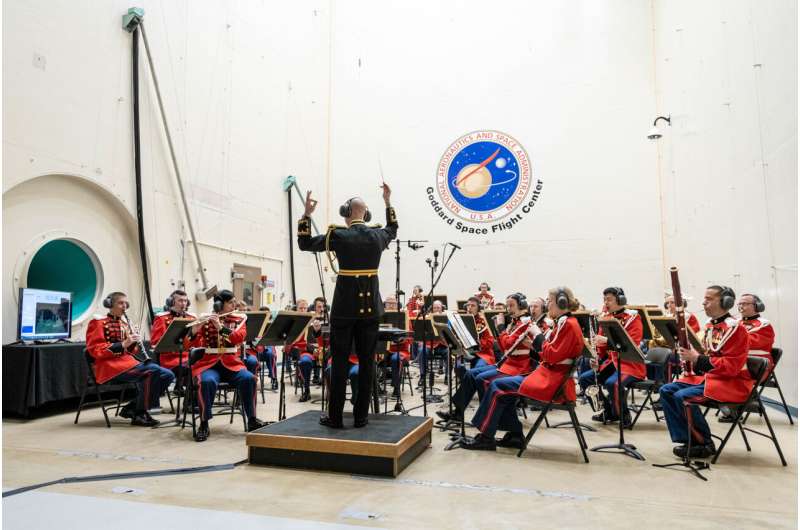
With a light flick of the conductor's baton and a unified breath from each member, the band started playing the two deep and ominous notes easily recognized as the theme of "Jaws." The sounds echoed off the walls of the acoustics chamber at NASA's Goddard Space Flight Center in Greenbelt, Maryland.
Duunn dun… Duunn dun…
Something was different. The acoustics chamber isn't like a concert hall, despite how its name might sound. Instead, the chamber replicates the harsh sound environment of a rocket launch by blasting sound waves at a spacecraft to make sure it can withstand the journey into orbit.
Team working on Hera mission discusses what it would be like to walk on an asteroid
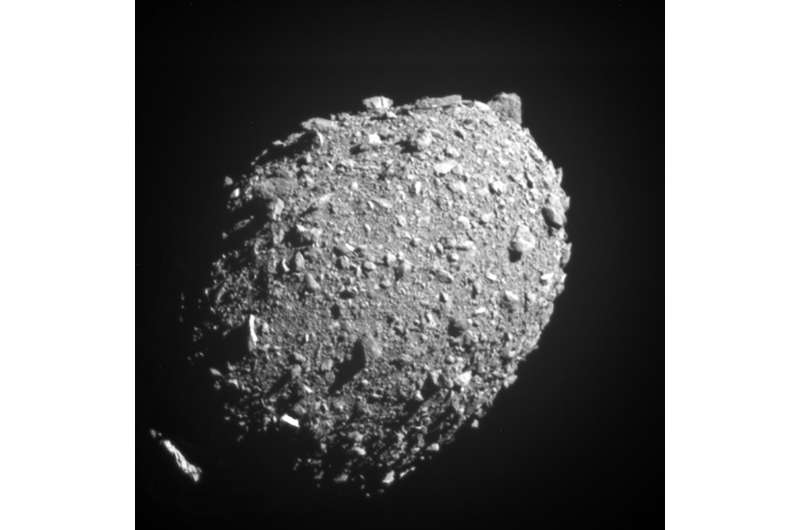
NASA achieves water recovery milestone on International Space Station

For space missions that venture beyond low Earth orbit, new challenges include how to provide basic needs for crew members without resupply missions from the ground. NASA is developing life support systems that can regenerate or recycle consumables such as food, air, and water and is testing them on the International Space Station.
Ideally, life support systems need to recover close to 98% of the water that crews bring along at the start of a long journey. The space station's Environmental Control and Life Support System (ECLSS) recently demonstrated that it can achieve that significant goal.
ECLSS is a combination of hardware that includes a Water Recovery System. This system collects wastewater and sends it to the Water Processor Assembly (WPA), which produces drinkable water.
Video: Hera Propulsion Module leak test, in time-lapse
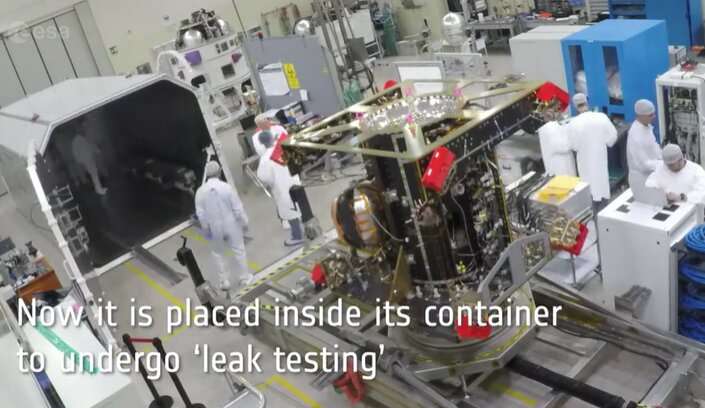
ESA's Hera mission for planetary defense will perform a close-up survey of the Dimorphos asteroid in deep space. But first Hera needs to cross millions of kilometers of space to get there. That is the task of Hera's Propulsion Module, forming around half of the overall spacecraft, which has been prepared by Italy's Avio company.
Formed of a central tube plus a supporting structure, the Module has been fitted with propellant tanks, piping and thrusters (inside the red protective covers). But before it can be joined to Hera's other element, the Core Module, this Propulsion Module had to undergo its crucial "global leak test"—as seen in this video.
The Module was filled with gaseous nitrogen, then placed inside its container. Sensors added to the interior can detect any pressure change inside the container over the course of the night. Success means Hera is ready to travel to OHB in Germany to be mated with the Core Module. At this point the Hera spacecraft will be complete, and the mission will come a major step nearer to space.
NASA Hosts OSIRIS-REx Sample Lab Media Day in Houston
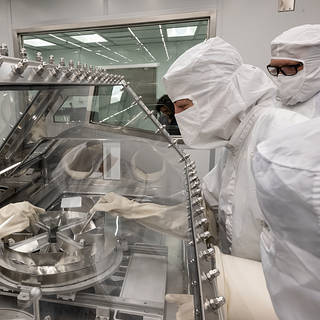 Ahead of the first asteroid sample collected by the U.S. arriving on Earth in September, media are invited on Monday, July 24, to see NASA’s newly-built OSIRIS-REx Sample Curation Laboratory where the agency will study the sample at its Johnson Space Center in Houston.
Ahead of the first asteroid sample collected by the U.S. arriving on Earth in September, media are invited on Monday, July 24, to see NASA’s newly-built OSIRIS-REx Sample Curation Laboratory where the agency will study the sample at its Johnson Space Center in Houston. Complex organosulfur molecules on comet 67P: Evidence from Rosetta orbiter and the lab
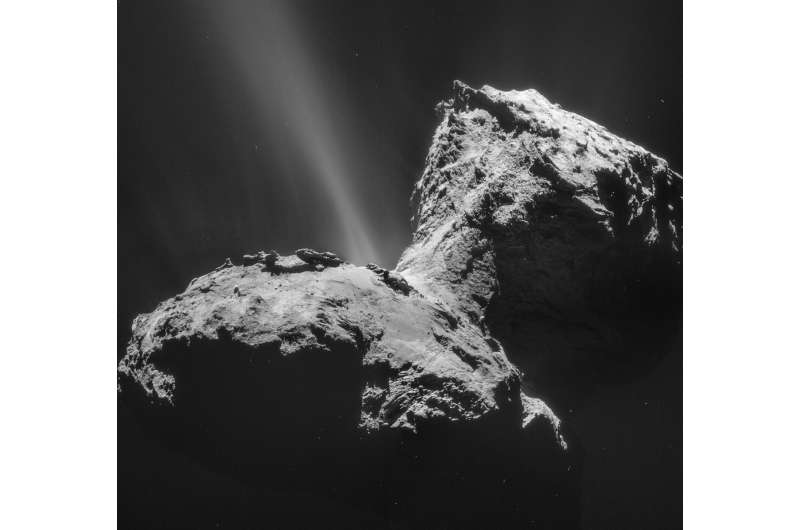
The Rosetta orbiter spectrometer for ion and neutral analysis (ROSINA) instrument orbited comet 67P to revolutionize our understanding of cometary material composition. A key finding of the satellite was to explore the composition of comet 67P/Churyumov-Gerasimenko. In a new report published in Science Advances, Ahmed Mahjoub and a team of planetary scientists in the Jet Propulsion Lab at CalTech, the Space Science Institute Colorado, and the University of Bern in Switzerland, used the ROSINA data to study dust particles volatilized during a dust event in September 2016.
The scientists reported the detection of large organosulfur species, on the comet's surface. They then conducted laboratory simulations to indicate the formation of this material from chemical reactions initiated by irradiating mixed ices containing hydrogen sulfide. The results highlighted the significance of cometary sulfur chemistry and its presence in precometary materials to facilitate the detection of organosulfur materials in other comets and icy small bodies by using the James Webb Space Telescope.
Space debris: A quantitative analysis of the in-orbit collision risk and its effects on the Earth
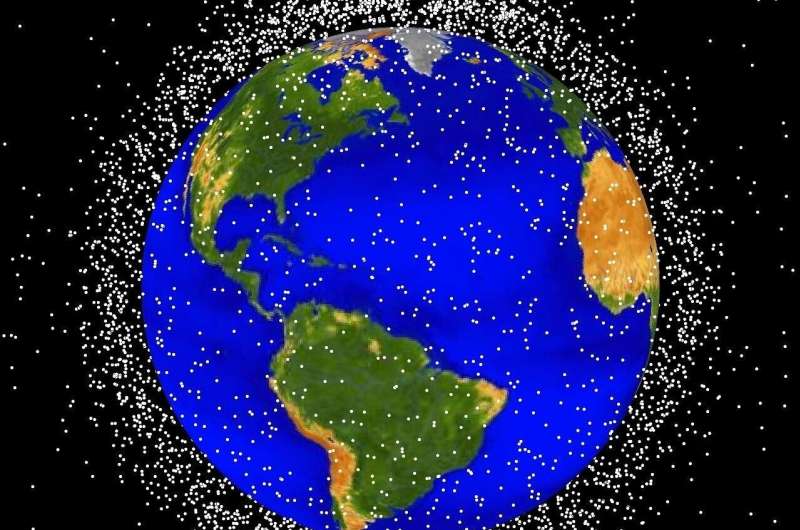
The amount of space debris has not stopped increasing since the first satellite was launched in 1957. The European Space Agency (ESA) estimates that there are more than 131,000,000 useless space waste objects, between 1 millimeter and 10 centimeters, currently orbiting around the Earth at an average speed of 36,000 kilometers per hour, which come from different sources such as last stages of rockets, satellites that are no longer operational, and even tools lost in space by astronauts.
"Any piece larger than 1 centimeter is potentially lethal in case of collision," says the Professor at the University of Malaga José Luis Torres, who, together with Professor Anelí Bongers, has coordinated a project on Space Economy that establishes, from a quantitative point of view, a theoretical model that determines the rate of satellite launches that is optimal to maximize benefits based on the amount of space debris.
Particularly, using data from the NASA and the ESA, the developed model is based on computational simulations that analyze the effects of anti-satellite tests on the amount of space debris and the probability of collision with operational satellites –there are currently around 6,000 satellites in orbit.
Gravity goes lunar: putting LESA to the test
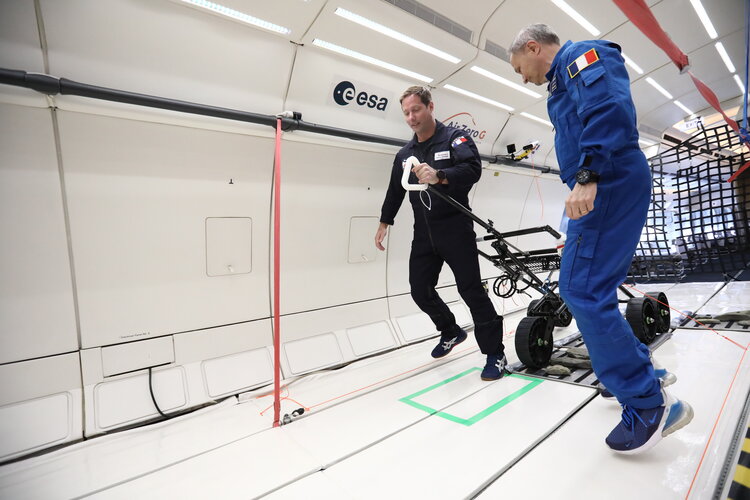 Image:
Testing the Lunar Equipment Support Assembly (LESA) investigation during a partial gravity parabolic flight.
Image:
Testing the Lunar Equipment Support Assembly (LESA) investigation during a partial gravity parabolic flight. 


